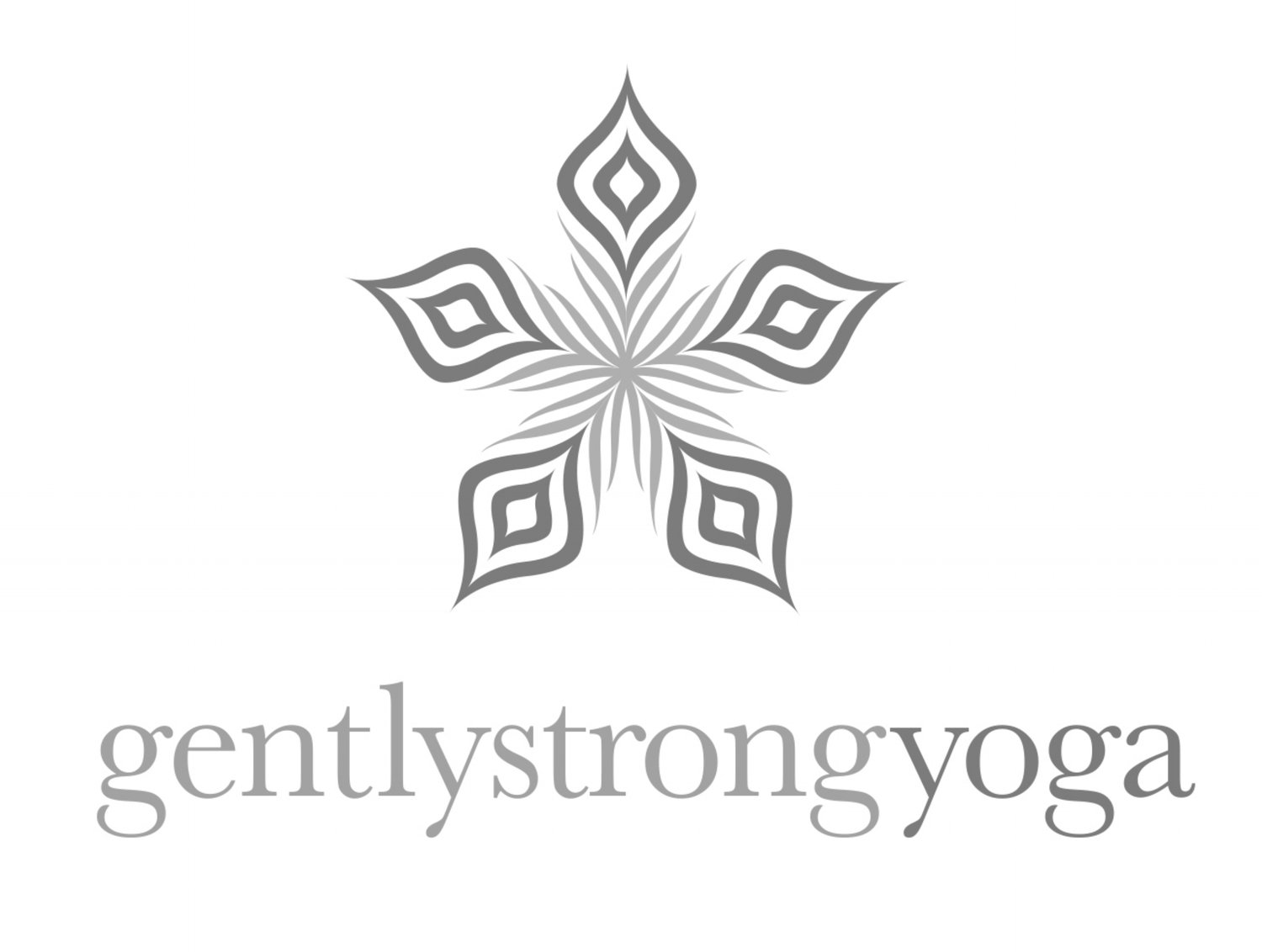We get injured or become ill and in a short space of time we lose to differing extent our mobility, range of movement or strength. Whatever your starting point, before a change occurs, yoga offers us a model and framework for rehabilitation. Any process of working towards recovery will need support for both the mechanisms of the body and the mind. Working with movement, breathing but also self awareness, attitude and emotions that are felt through this experience. If you have a yoga practice before a crisis, then an opportunity arises to experience that yoga is both a practice and also an investment for these very times. We practice yoga to make us feel good but it becomes increasingly authentic when the fruit of practice is realised, that the support and skills are in place to do challenging work of change.
When we are floored the first thing yoga practice offers us is support through a shared space and relationship with a teacher. Their experience and knowledge, from their own practice and supporting others, enables them to offer teachings as well as signposts. This experience enables a faith or shaddra that the Dukha or ‘bad space’ we are experiencing; pain, weakness, immobility and fear of what that could mean will with appropriate practice be reduced. You will be guided through a process that holds you at the centre, in partnership and in a process bespoke to you. A dynamic process that respects that you are the expert on you and that any process of change brings you to this. A process that is both reflective and hugely practical.
To support change we need to know what is happening and to intentionally make movements and breath in a way to support and change that. One of the strengths of yoga practice is to realise and increase our interoception. The ability to listen in and be aware of what is happening in the body or breathing. Fully present to the nuisances of recovery without numbing or overwhelm. This ability to be present, feel and to direct enables a bespoke exploration. As well as developing our inner listening skills practicing yoga also builds propreocetion, the ability to know in movement what each part of our body is doing in relationship to space and gravity and it’s other parts. When I move in a certain way how is my spine and limbs experiencing it, both individually and in relationship.
The process of change happens in steps or Krama. There is a reflection and communication of where we want to be, often expressed as a returning. However, even as function is established we are never going back. The process of injury and rehabilitation and what we come to know about ourselves means we never return to the same place, instead we become established in a new place of knowledge and support. What yoga offers us is the creative ability to look at the essence of where we want to be and to create movement patterns and breathwork to counter dukha (bad space) and find sukha (good space). Daily practice evolves, its evolution nudges us, and because it is wholly connected to breathing, thoughts and emotions, it offers us a practice that challenges, nourishes and holds us in the process rather than a chore to be done. It meets us at the heart of ourselves.
The body is not in isolation from the other layers that make us who we are, we should also consider and take support from how it’s connected to our breathing, and our thoughts.
Breath work in rehabilitation offers us both a listening tool and a feedback system to allow us to occupy the boundary between where we are and how we respond to the practice. Through this we can occupy that place of challenge whilst minimising risk. When we come into relationship with our breath we can create functional and supportive breathing. We can feel our breath reflect and react to the practice. We begin to know that certain changes signal risk, such as breath holding, change in rhythm and where we are breathing in the body. Breath work can also be a powerful tool to help us make friends with the body after experiencing pain and discomfort. It can calm sympathetic nervous system response associated with injury and illness, allowing us to be in a reasoning and intuitive state rather than reactive. It moves us away from guarding and protection, allowing us to work on an emotional and energetic level that further supports reintegration. At times there may be a physical limit and the realisation that we may not get better in the physical sense but that there can also be a process that increases well being and participation in life despite this.
Breathwork is the gateway to supporting our thoughts and emotions. Particularly in a process of rehabilitation it can be fruitful to explore aspects of embodied yoga philosophy that direct us and sustain us in the work. Santosha or the practice of contentment directs us to move to change from a place of allowing and compassion. That there is a foundation of acceptance rather than why me or self loathing that creates the right mindset for change. This ancient philosophy is supported by neuroscience and research, which tells us that we are more likely to do the work and the practice of rehabilitation if it is supported with self compassion and a parasympathetic response. Rather than a harsh mind set that creates a sympathetic or stress response. Self critical motivation is shown not to be sustainable, the very thing we need for periods of rehabilitation and change.
Alongside mat work the practice of yoga helps us to notice, reflect and consciously work with all aspects of our life that effect our prana, life force or wellbeing such as; sleep, diet and how we come into relationship with others.
To find out more do pop me an email
Yours in Yoga
Marie

